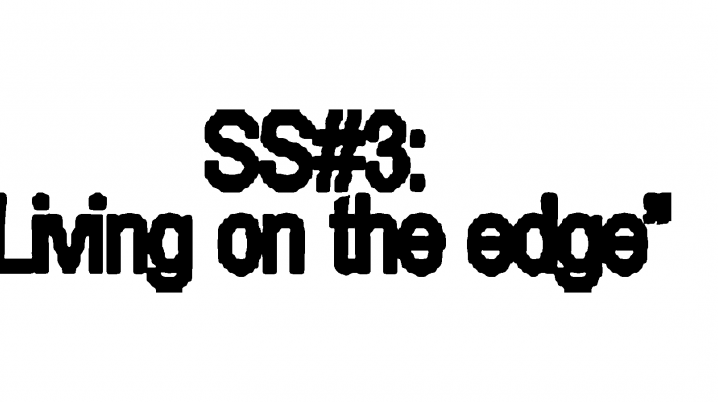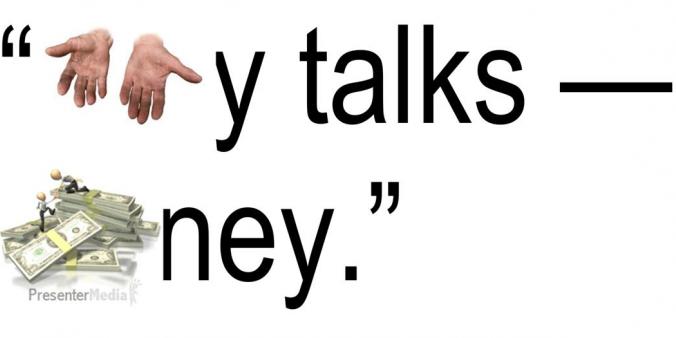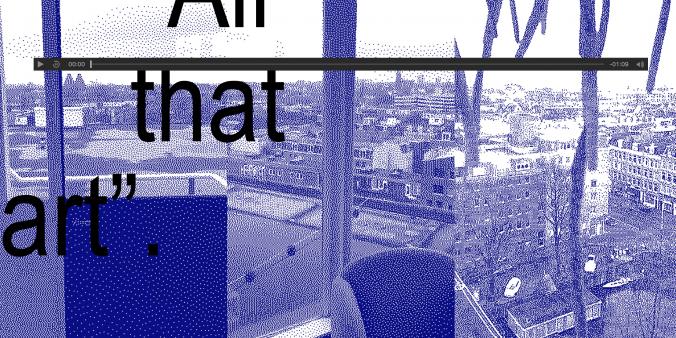
Station to Station #3 is online!
It’s been exactly 4 years since DutchCulture|TransArtists published the last issue of Station to Station, and more or less a year since the world went into a lockdown. This lockdown made us realize a new, reflective, issue would be needed. Without being sentimental for the past, nor too enthusiastic about the immediate future, in this issue we are bringing together artists, curators, residency organisers and researchers to reflect on how do institutions and artists adapt to (sudden) changes and what kind of institutions we can imagine after Covid-19? No wonder the title of this issue is “Living on the edge” – although we are not talking only about Covid-19 and its impact on every aspect of our society, rather we are pointing to alternative ways of operating and existing in the (cultural) world, with or without the pressure of a global pandemic.
In her essay, Taru Elfving describes how some residencies (re)acted and (re)organised during the pandemic, and how residencies can be models for imagining new future and refuse to return to the old normal. Arie Syarifuddin shares his experience as a member of the artist collective Jatiwangi Art Factory in Indonesia and how, because of the travel restriction, they (re)connected with other collectives and different communities in their physical locality.
In the interview with Lado Darakhvelidze he speaks about the inspiration for creating work in these times, as well drawing parallels on the different approaches between Georgia and his current home in The Netherlands. Maya Errazuriz from Fundación Mar Adentro speaks in detail how they as an organisation dealt with the sudden changes of 2020 in Chile, where apart of the pandemic, the year was marked with lots of social uprisings. Pau Catà introduces his research into the art residency landscape in North Africa, and the perception of time in the (post-) COVID-19 era.
Lidy Ettema, organiser of Residenties in Utrecht together with the choreographer Amparo Gonzalez Sola, speak about the open approach of this residency, using the city of Utrecht as a concept, and about reciprocity between the artist and participants, with focus on the importance of the personal change in people, rather than high audience numbers. In his essay, Léon Kruijswijk writes how the private space has never been so closely intertwined with the public and professional space and how organisations translated the exhibitions or events that were planned to the digital sphere.
Among this collection of contributors and different perspectives, we are happy to reconnect and work again with the designer and developer from the previous two issues. As our tradition dictates, this is not your regular online magazine. In the first issue we worked with highlighted words, directly dependent on your browsers’ search history, while for the second issue there were audio snippets you could read. Now, in the spirit of times, depending on your internet speed and connectivity, you will have the chance to read… or not to read the text. Because living on the edge primarily means breaking free of old habits and taking care of yourself and your immediate surrounding, and in these times of being constantly in front of the screen, overzoomed, and with a corona hairstyle, we are offering you the choice to do exactly that.



